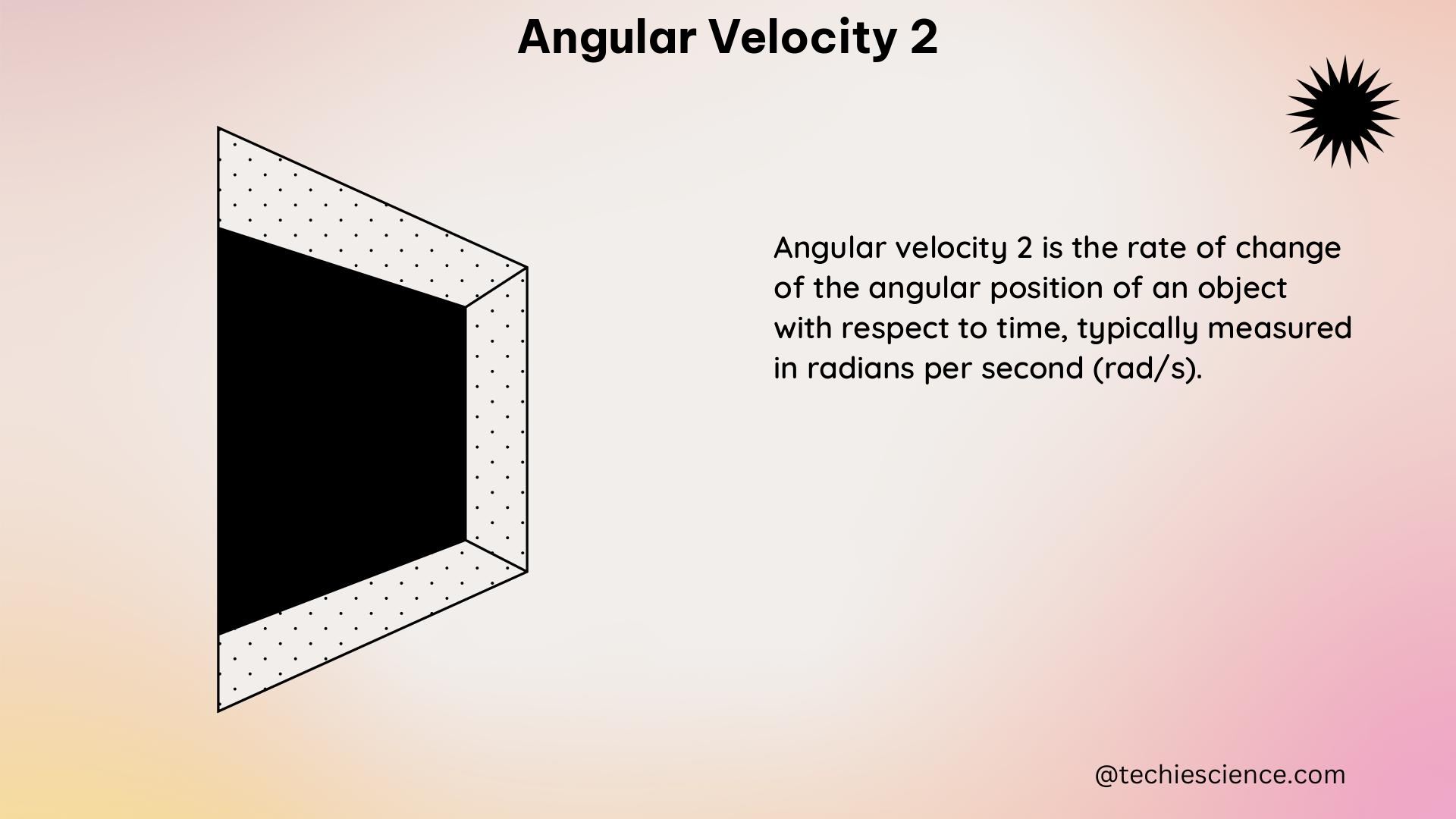Angular velocity is a fundamental concept in physics that describes the rate of rotation of an object around a fixed axis. It is a vector quantity, meaning it has both magnitude and direction, and is typically measured in radians per second (rad/s) or degrees per second (deg/s). In the context of human joint kinematics, angular velocity can be measured using inertial measurement units (IMUs) or other motion capture technologies, providing valuable insights into the dynamics of human movement.
Evaluating Angular Velocity Data from IMUs
One method for quantifying angular velocity in human joint kinematics is through the use of IMUs. A study by Teufl et al. (2019) presents a detailed evaluation of angular velocity data obtained from IMUs to measure gait kinematics. The researchers used a set of IMUs placed on the lower limbs of subjects to capture raw acceleration and angular velocity data along and about the local IMU axes.
Raw Data Presentation
The study provides an example of raw acceleration and angular velocity data for a randomly chosen subject and trial (Figure 2 in Teufl et al., 2019). The data is presented in a figure that shows the time-series plots of the acceleration and angular velocity components along the three local IMU axes (x, y, and z).
Data Analysis Techniques
The researchers employed various data analysis techniques to extract meaningful information from the raw angular velocity data. These techniques include:
- Coordinate Transformation: The raw angular velocity data, measured in the local IMU coordinate system, was transformed into a global coordinate system to align with the anatomical axes of the human body.
- Filtering: The raw angular velocity data was filtered using a low-pass filter to remove high-frequency noise and artifacts.
- Segmentation: The filtered angular velocity data was segmented into individual gait cycles to analyze the temporal patterns of joint rotations.
- Feature Extraction: Relevant features, such as peak angular velocities, range of motion, and timing of events, were extracted from the segmented angular velocity data.
Applications of Angular Velocity Data
The angular velocity data obtained from IMUs can be used for various applications in human joint kinematics, such as:
- Rehabilitation Monitoring: Tracking changes in joint angular velocities can provide valuable insights into the progress of rehabilitation programs for patients with musculoskeletal disorders or neurological conditions.
- Osteoarthritis Progression: Analyzing angular velocity patterns can help identify early signs of osteoarthritis and monitor the disease progression in affected joints.
- Sports Performance Analysis: Measuring angular velocities of joints during athletic activities can help coaches and athletes optimize training and technique.
Predicting Joint Moments using Angular Velocity

In addition to measuring angular velocity, researchers have also developed mathematical models to predict joint moments based on muscle spans, joint angles, and angular velocities. One such model is presented by Sartori et al. (2012).
Mathematical Model
The model proposed by Sartori et al. (2012) uses a polynomial function of the muscle spans and joint angles to calculate the muscle moment and moment arm about the joint it actuates. The muscle moment is then used to predict the joint moment for various joints, including the hip, knee, and ankle.
The mathematical formulation of the model is as follows:
M_j = Σ (F_m * r_m)
Where:
– M_j is the joint moment
– F_m is the muscle force
– r_m is the muscle moment arm
The muscle force F_m is calculated using a polynomial function of the muscle spans and joint angles:
F_m = a_0 + a_1 * l_m + a_2 * l_m^2 + ... + a_n * l_m^n
Where:
– l_m is the muscle span
– a_0, a_1, a_2, …, a_n are the polynomial coefficients
The muscle moment arm r_m is also calculated using a polynomial function of the muscle spans and joint angles.
Numerical Examples
The study by Sartori et al. (2012) provides numerical examples of the joint moment predictions using the proposed model. Table 3 in the paper presents the predicted joint moments for the hip, knee, and ankle joints, along with the corresponding muscle spans and joint angles.
For instance, the predicted hip joint moment for a specific set of muscle spans and joint angles is 45.2 Nm. The model can be used to explore the relationship between muscle properties, joint kinematics, and the resulting joint moments, which is crucial for understanding human movement dynamics.
Conclusion
Angular velocity is a fundamental concept in physics that plays a crucial role in the analysis of human joint kinematics. By using IMUs and other motion capture technologies, researchers can quantify angular velocity data and apply it to various applications, such as rehabilitation monitoring, osteoarthritis progression analysis, and sports performance optimization.
Furthermore, mathematical models like the one proposed by Sartori et al. (2012) can be used to predict joint moments based on muscle properties and joint kinematics, providing valuable insights into the underlying mechanisms of human movement. This comprehensive guide has provided a detailed overview of the techniques and applications of angular velocity in the context of human joint kinematics, equipping physics students with the necessary knowledge to delve deeper into this fascinating field of study.
References:
- Teufl, W., Lorenz, M., Miezal, M., Taetz, B., Frotzler, A., & Bleser, G. (2019). Towards inertial sensor based mobile gait analysis: Event-detection and spatio-temporal parameters. Sensors, 19(1), 38.
- Sartori, M., Reggiani, M., Farina, D., & Lloyd, D. G. (2012). EMG-driven forward-dynamic estimation of muscle force and joint moment about multiple degrees of freedom in the human lower extremity. PloS one, 7(12), e52618.

The lambdageeks.com Core SME Team is a group of experienced subject matter experts from diverse scientific and technical fields including Physics, Chemistry, Technology,Electronics & Electrical Engineering, Automotive, Mechanical Engineering. Our team collaborates to create high-quality, well-researched articles on a wide range of science and technology topics for the lambdageeks.com website.
All Our Senior SME are having more than 7 Years of experience in the respective fields . They are either Working Industry Professionals or assocaited With different Universities. Refer Our Authors Page to get to know About our Core SMEs.